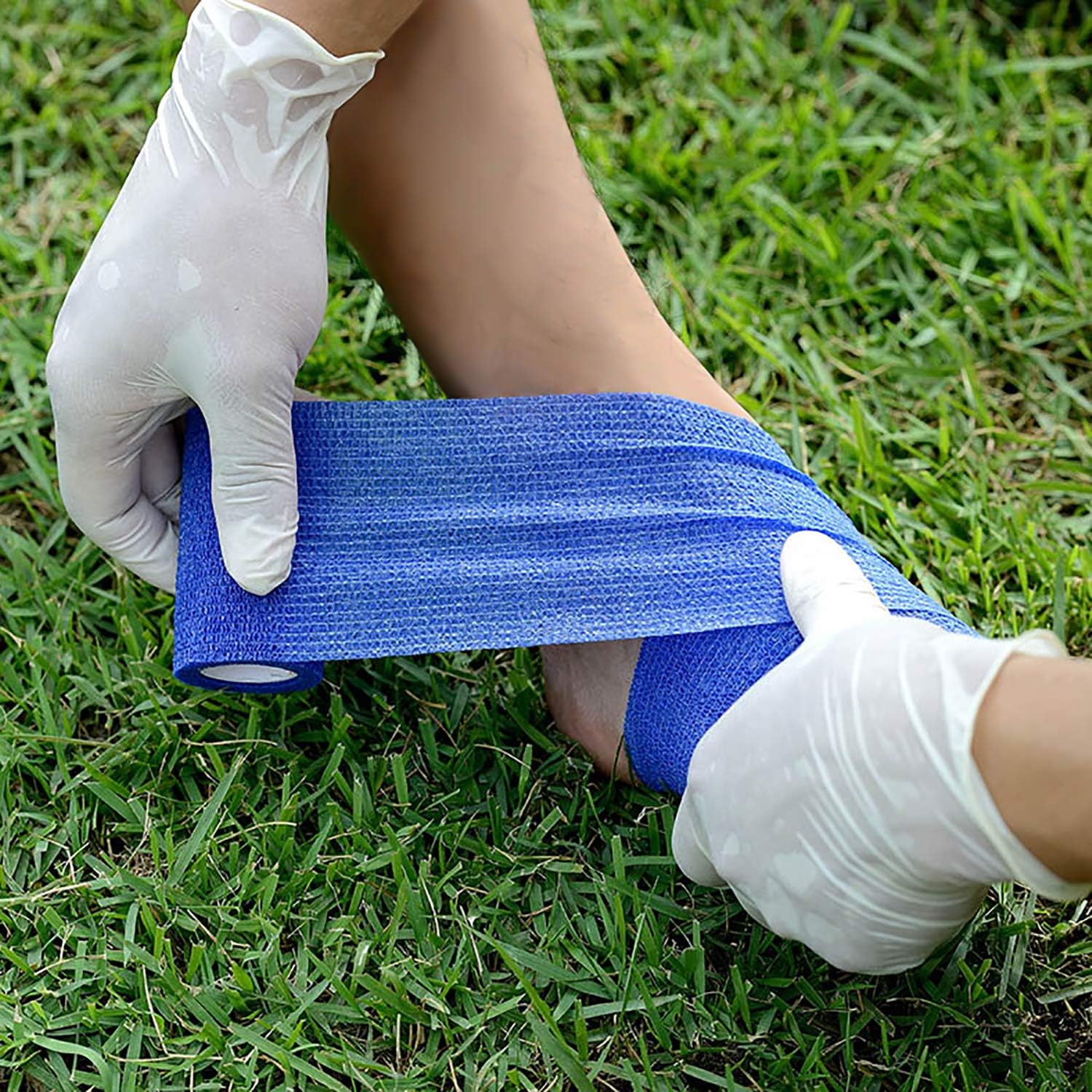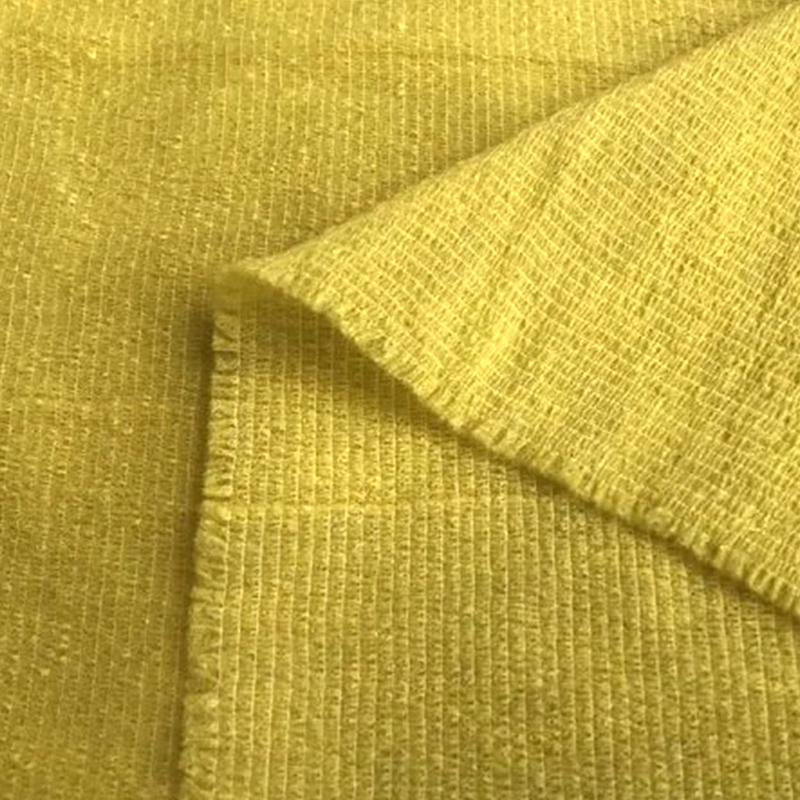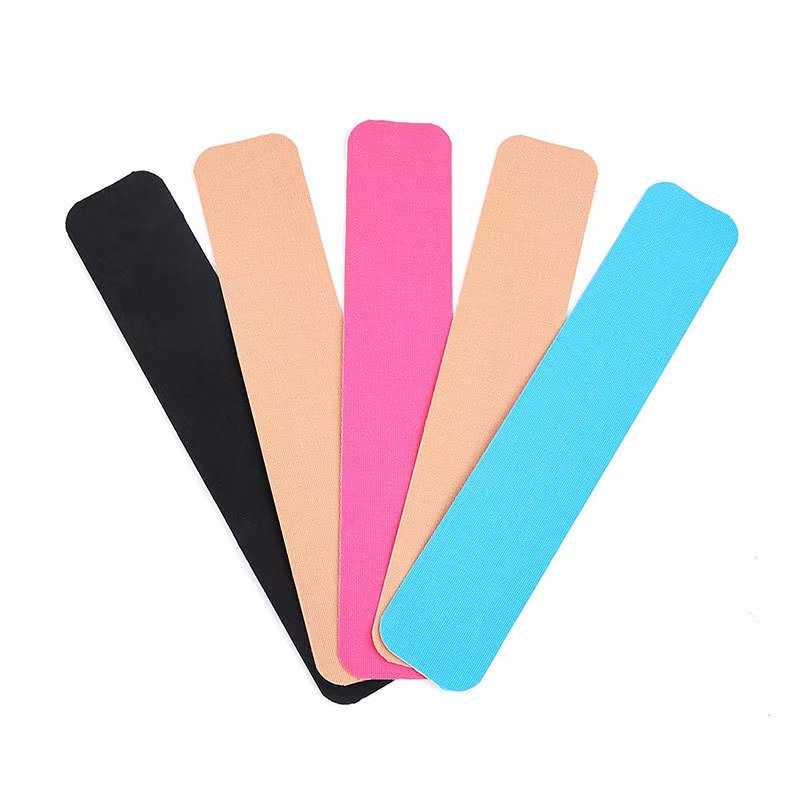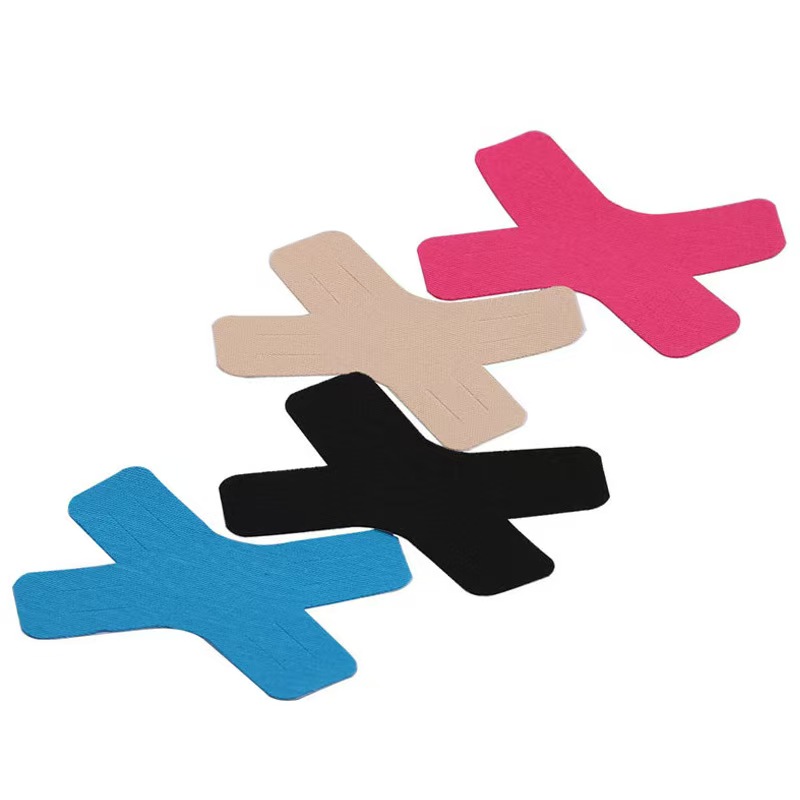News

How Self-Adhesive Bandages Help Manage Blisters and Minor Burns
Minor injuries such as blisters and burns are common occurrences in daily life. Blisters often develop from friction, such as from shoes or repetitive movements, while minor burns can result from brief contact with hot surfaces, steam, or splashes from cooking. Though these injuries are typically not severe, they can be painful and disrupt daily activities. Proper care is essential to promote healing and prevent infection. One effective tool for managing these injuries is the self-adhesive bandage.
Understanding Blisters and Minor Burns
Before exploring the role of self-adhesive bandages, it is important to understand the nature of blisters and minor burns.
Blisters are small pockets of fluid that form between layers of skin, often as a protective response to friction or pressure. They commonly appear on the feet or hands but can develop anywhere on the body. The fluid within a blister acts as a cushion, reducing damage to the underlying skin. While blisters generally heal on their own, improper care can lead to infection or delayed healing.
Minor burns, often classified as first-degree or superficial second-degree burns, affect only the outer layers of skin. First-degree burns cause redness, pain, and slight swelling, while superficial second-degree burns can also cause blisters. Immediate care involves cooling the burn, keeping it clean, and protecting it from further injury. Left untreated, burns may become painful and increase the risk of infection.
The Role of Self-Adhesive Bandages
Self-adhesive bandages are versatile wound care products that adhere directly to the skin without the need for additional tape or fasteners. They consist of a soft, flexible pad covered by an adhesive material that sticks securely to the surrounding skin. These bandages offer several advantages in managing blisters and minor burns.
1. Protection Against Friction and Pressure
Blisters are caused primarily by friction, and ongoing pressure can worsen the injury. Self-adhesive bandages provide a protective barrier over the affected area. By covering the blister, the bandage reduces friction from footwear, clothing, or daily activities. This protective function allows the blister to heal while minimizing the risk of rupture or further irritation.
For minor burns, protection from external pressure is equally important. Bandages prevent accidental contact with surfaces that could aggravate the burn, helping to reduce pain and promote healing.
2. Secure and Flexible Fit
Unlike traditional bandages that may require tape, self-adhesive bandages conform to the contours of the body. This flexibility is particularly useful for areas such as fingers, toes, and joints where movement is frequent. A snug, secure fit ensures the bandage remains in place throughout the day, reducing the need for frequent readjustment.
The adhesive used in these bandages is designed to be gentle on the skin while providing reliable adherence. This is crucial for sensitive or delicate skin surrounding blisters and burns, preventing further irritation while maintaining coverage.
3. Absorption and Moisture Management
Self-adhesive bandages typically include an absorbent pad that helps manage moisture. Blisters may leak fluid if they rupture, and minor burns can exude small amounts of plasma during the healing process. The absorbent layer captures this fluid, maintaining a dry environment that reduces the risk of infection.
Some self-adhesive bandages are designed to maintain a slightly moist environment, which can be beneficial for burn healing. Controlled moisture prevents the wound from drying out and forming a scab too quickly, which can slow the healing process and increase the risk of scarring.
4. Infection Prevention
One of the main concerns with blisters and minor burns is the risk of infection. Open skin is vulnerable to bacteria, which can complicate healing. Self-adhesive bandages act as a barrier against environmental contaminants, reducing exposure to dirt, dust, and germs.
In addition, many bandages are made from materials that allow air circulation while maintaining coverage. This combination helps keep the wound protected without trapping excess heat or moisture, creating conditions that support natural healing.
5. Pain Reduction
Blisters and burns can be painful, especially when exposed to movement or touch. By cushioning the affected area, self-adhesive bandages can reduce discomfort. The padding absorbs minor shocks and pressure, allowing individuals to continue daily activities with less pain.
For burns, minimizing contact with external surfaces helps prevent the stinging or burning sensation that often accompanies movement or friction. This protective effect can improve comfort and support more consistent use of the bandage during recovery.
6. Ease of Use
Self-adhesive bandages are simple to apply, making them suitable for home care and first aid situations. They do not require complex wrapping techniques or additional materials, which can be advantageous for individuals managing their own injuries.
Applying a self-adhesive bandage involves cleaning the wound, selecting the appropriate size, and placing the pad directly over the injury. The adhesive secures the bandage in place without the need for additional fasteners, allowing for quick and effective protection.
7. Versatility
Self-adhesive bandages are available in various sizes, shapes, and materials to accommodate different injuries. Small circular bandages can cover isolated blisters on toes or fingers, while larger strips provide protection for burns or multiple blisters. Some bandages include specialized padding for extra cushioning, while others are designed to stretch with the skin for areas that move frequently.
This versatility allows individuals to choose the most appropriate bandage for the specific injury and location, improving the effectiveness of treatment.

Proper Use of Self-Adhesive Bandages
To maximize the benefits of self-adhesive bandages, proper use is essential. The following steps outline recommended practices:
Clean the Area: Gently wash the blister or burn with mild soap and water to remove dirt and debris. Avoid harsh scrubbing, which can damage the skin.
Dry Carefully: Pat the area dry with a clean cloth or gauze. Moisture can interfere with adhesion and increase the risk of infection.
Select the Right Bandage: Choose a bandage that fully covers the injury and extends slightly beyond the edges. Ensure the pad is large enough to provide cushioning.
Apply Smoothly: Place the bandage over the injury without stretching it excessively. Smooth the adhesive edges onto the surrounding skin to secure it.
Monitor the Injury: Check the bandage periodically for signs of leakage, loosening, or irritation. Replace the bandage as needed, particularly if it becomes wet or soiled.
Avoid Popping Blisters: Unless advised by a healthcare professional, do not puncture blisters. The intact blister helps protect the underlying skin.
Seek Medical Attention When Needed: For burns that blister extensively, involve large areas, or show signs of infection, consult a healthcare provider promptly.
Additional Considerations
While self-adhesive bandages are effective for managing minor injuries, it is important to recognize their limitations. They are intended for small, superficial blisters and burns. Severe burns, deep wounds, or injuries with significant fluid loss require professional medical treatment.
Individuals with sensitive skin or allergies to adhesives should choose hypoallergenic bandages to reduce the risk of irritation. Additionally, keeping the area clean and avoiding excessive pressure or friction is crucial for healing.
Conclusion
Self-adhesive bandages are valuable tools for managing blisters and minor burns. They offer protection from friction and pressure, secure adherence, absorption and moisture management, infection prevention, and pain reduction. Their ease of use and versatility make them suitable for a variety of minor injuries, allowing individuals to continue daily activities while supporting natural healing.
By understanding the nature of blisters and minor burns and using self-adhesive bandages correctly, individuals can promote faster recovery, reduce discomfort, and minimize the risk of complications. While these bandages are not a substitute for professional care when needed, they provide a practical and effective solution for everyday wound management.

- ASHER.CAO:+86-176 2548 7782 Asher.cao@healthline-medical.com
- HARONJU:+86-198 5296 4937 haronju@healthline-medical.com
- DI.TIAN:+86-183 0527 6521 Di.tian@healthline-medical.com
- Tel:+86-512-6289 3223
- Mob:+86-176 2548 7782 / +86-198 5296 4937 / +86-183 0527 6521
-
Email:zhujun@healthline-medical.com
sales@healthline-medical.com
- Whatsapp / Wechat:+86-176 2548 7782 ; +86-198 5296 4937; +86-183 0527 6521
- Skype:+86-176 2548 7782 / +86-183 0527 6521
Copyright © 2025 SUZHOU HEALTHLINE MEDICAL PRODUCTS CO., LTD
All Rights Reserved.



 English
English Español
Español русский
русский عربى
عربى











